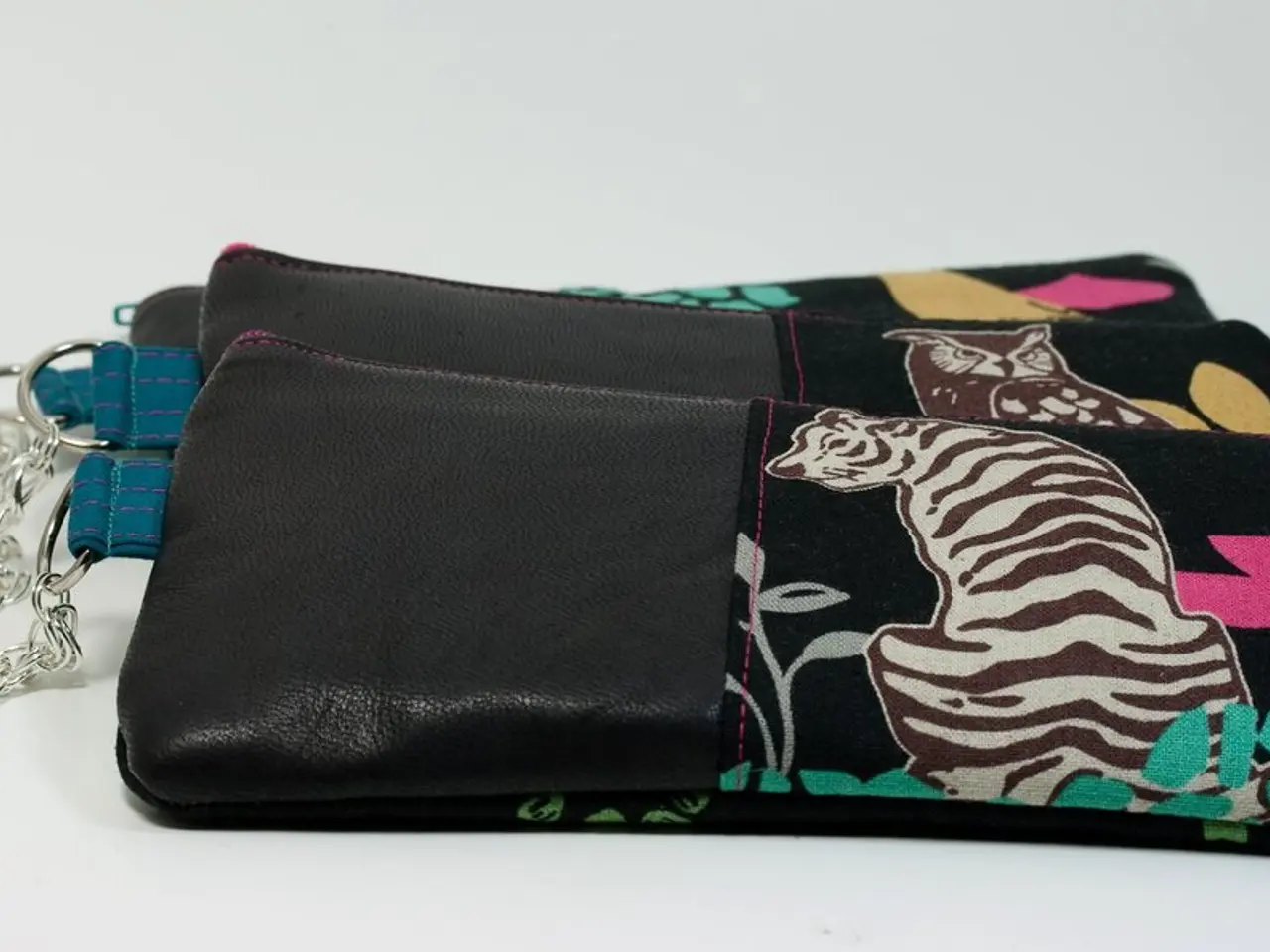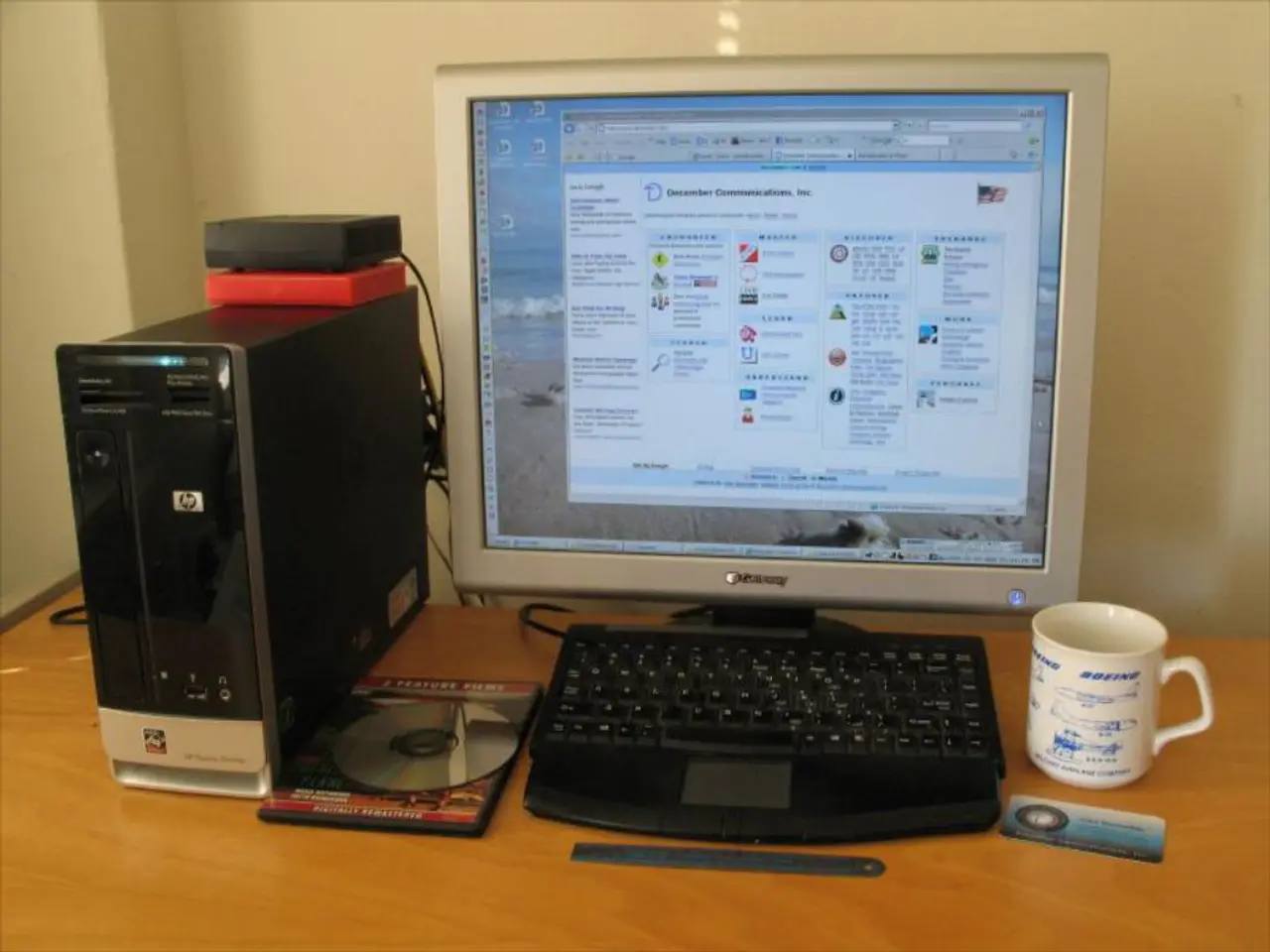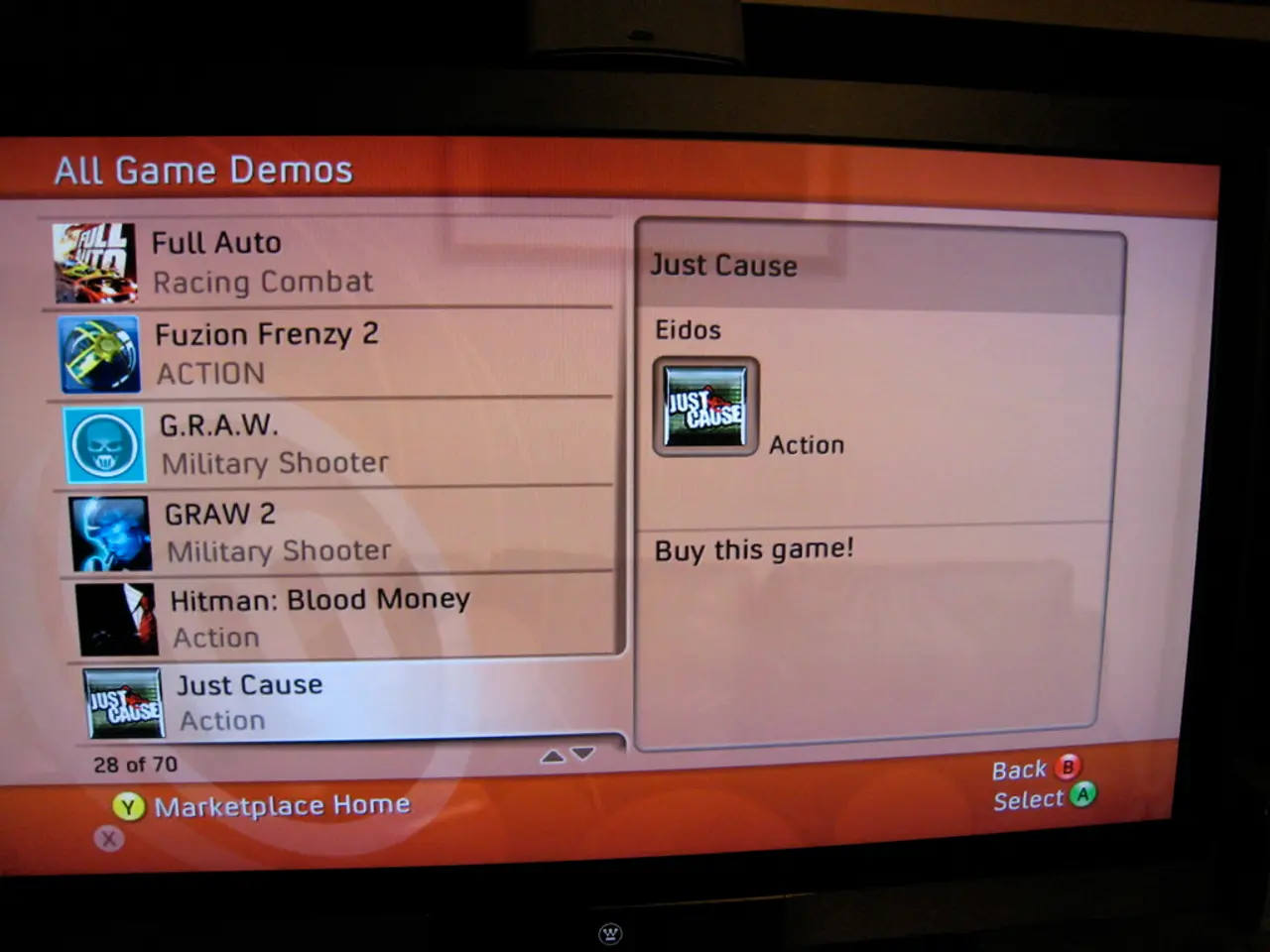Reversing the Internal Workings of the TDA7000 FM Radio Integrated Circuit
Miniaturization of FM Radios: The TDA7000 Story
In the 1980s, a significant breakthrough in electronic technology revolutionized the world of radios. The Philips TDA7000 FM radio receiver IC, designed in 1977 and released in 1983, exemplified the power of semiconductor technology to miniaturize and enhance electronic devices.
This small but mighty IC was not a recent development in digital technology, but an analog circuit that took advantage of Large Scale Integration (LSI) and transistorization. The TDA7000 integrated multiple functions on a single chip, reducing size and component count significantly.
Traditional FM radios required numerous discrete components for stages like the RF front-end, frequency mixer, local oscillator, intermediate frequency (IF) amplification, demodulation, and audio amplification. The TDA7000, however, combined most of these elements, drastically reducing the size of the radio.
The semiconductor technology behind the TDA7000 employed bipolar junction transistors (BJTs) or BiCMOS processes optimized for analog RF operation. This allowed better high-frequency performance suitable for FM band reception (around 88–108 MHz). High transistor density and good analog characteristics enabled stable oscillators, mixers, and low-noise amplifiers on-chip.
Critical components such as the local oscillator and frequency mixer were implemented on-chip using transistor-based circuits, eliminating bulky inductors and external crystals in many cases or reducing them to minimal external elements. With most stages integrated, only a few external components remained, making the radio compact and simplifying assembly.
The TDA7000 was designed for low power consumption, making it suitable for portable battery-powered devices. Additionally, the integrated monolithic design was less sensitive to mechanical vibration and temperature changes than discrete circuits, improving reliability.
The economic factor was crucial for putting advanced radios into pocket-sized consumer devices at affordable prices. Once designed, these ICs could be mass-produced with consistent quality and low per-unit cost.
The TDA7000 was of interest to some Japanese companies, and its miniaturization was a topic of intrigue. Recently, Ken Shirriff, a well-known electronics engineer, analysed a die shot of the TDA7000 and reverse-engineered its functional blocks, providing insights into how the Philips engineers managed to miniaturize an FM radio with the TDA7000.
The miniaturization of FM radios, exemplified by devices like the Philips TDA7000, was made possible by advances in LSI and semiconductor technology that allowed complex radio circuitry to be embedded into a single compact integrated circuit (IC). This development marked a turning point in the evolution of electronic devices, opening the door to smaller, more efficient, and affordable electronic devices.
DIY electronics enthusiasts today can take inspiration from the miniaturization story of FM radios, as seen in the Philips TDA7000, and attempt to replicate the technology using modern digital components.
The DIY project could involve designing and building a small FM radio using transistors and modern integrated circuits, showcasing the evolution and advances in technology that have made it possible to miniaturize electronic devices like radios.




